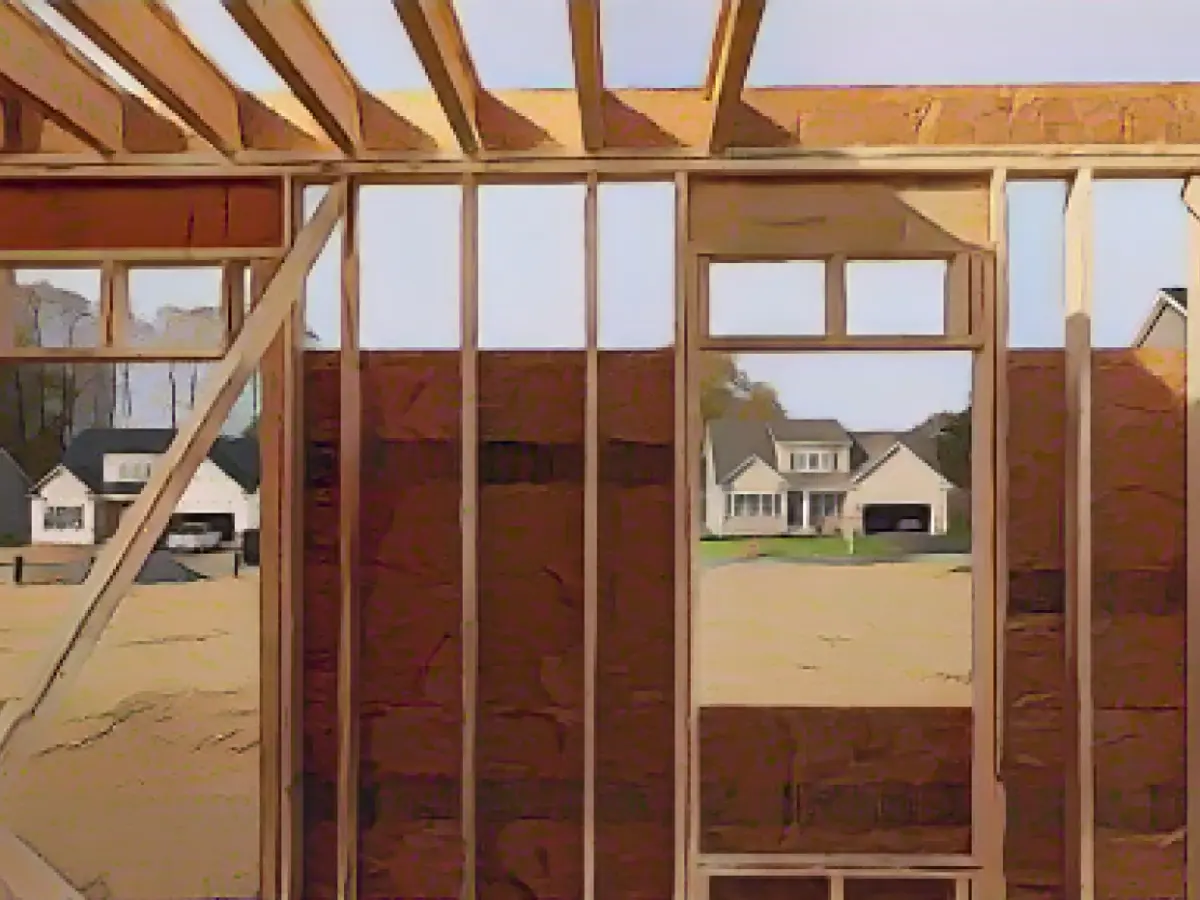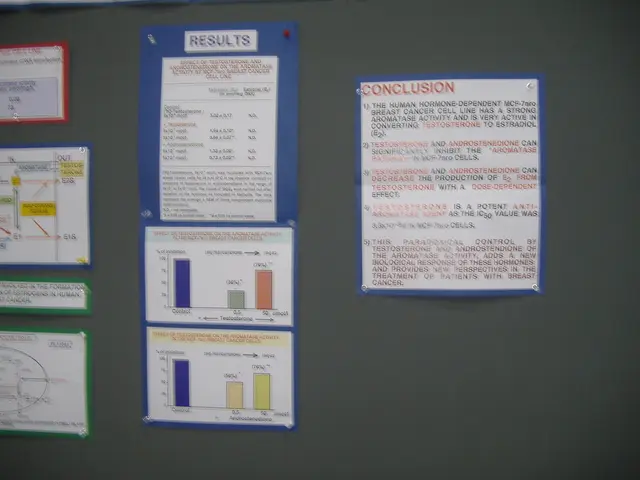Construction activity boomed in November, marking the third consecutive month of increases, according to Census Bureau data released on Tuesday. Homebuilding starts skyrocketed 14.8% compared to October, reaching an annualized rate of 1.56 million units. This figure outpaced predictions of 1.36 million units and surpassed October's 1.372 million units.
The construction sector saw a robust 9.3% increase in annual starts compared to the previous year. However, building permit approvals dipped 2.5% in November, settling at a seasonally adjusted annual rate of 1.46 million units. This decline followed a revised October count of 1.48 million units.
Licenses for residential construction rose by 4.1% year-over-year in November.
The surge in residential construction is fueled by lower mortgage rates, creating potential opportunities for associated industries.

Additional Insights:
Tariff uncertainty and supply chain issues have impacted the construction sector. The 10% tariff on Chinese goods and lingering tension surrounding tariffs with Mexico and Canada present challenges to the cost and availability of building materials. Conversely, lower mortgage rates are believed to have fueled increased demand for new construction.
The National Association of Home Builders (NAHB) Housing Market Index indicates that while homebuilder sentiment remains weak, builders remain optimistic about potential improvements in the regulatory environment and bracing for potential cost fluctuations.
Potential Tangential Effects:
- Materials and Supplies: Due to tariff uncertainty and supply chain issues, material costs and accessibility may fluctuate, affecting industries related to construction, including lumber suppliers, gypsum producers, and other material providers.
- Labor Market: Labor shortages could result in increased competition for skilled labor, potentially driving up labor costs and affecting project timelines.
- Financial Services: Elevated mortgage rates could impact demand for new construction and affect mortgage lenders and real estate agents.
- Real Estate Market: The robust housing market, marked by rising home prices, may continue to sustain demand for new construction, while affordability challenges may arise due to mortgage rates.








